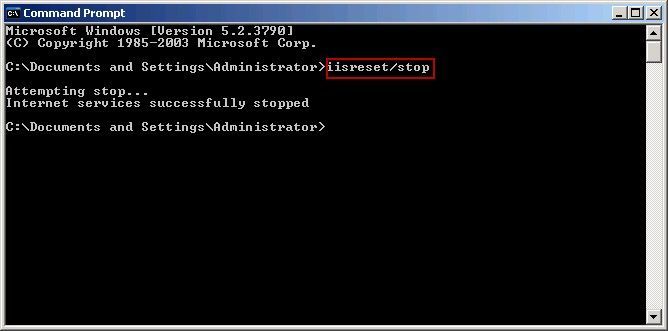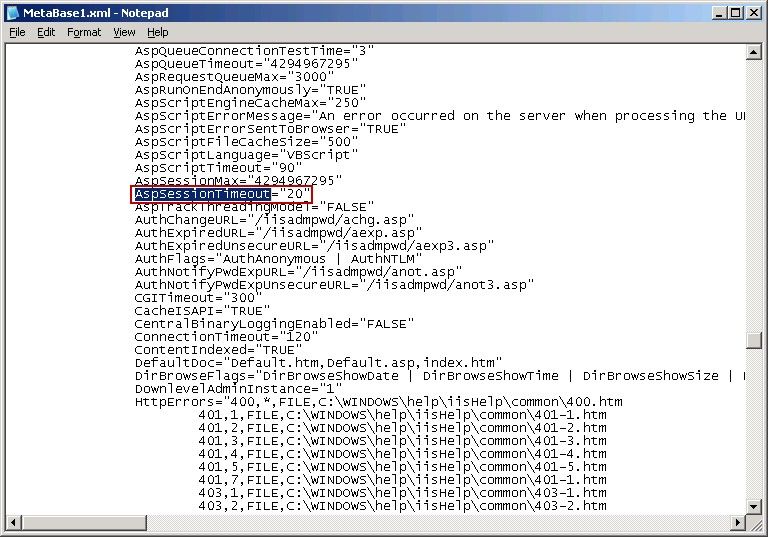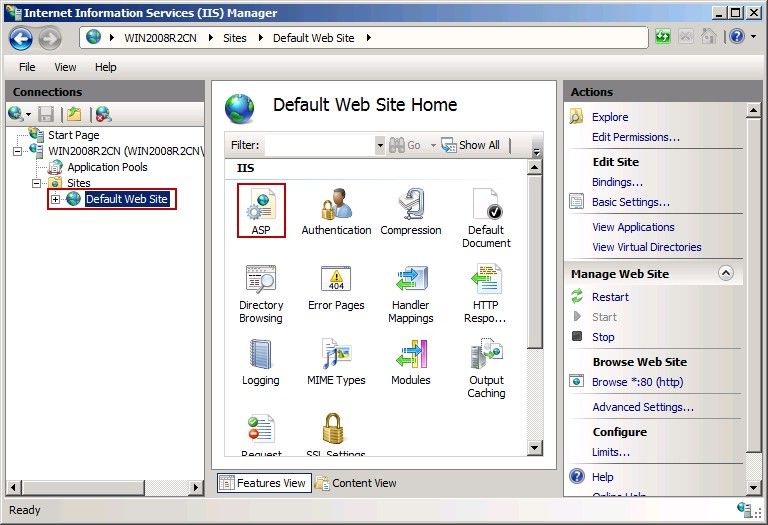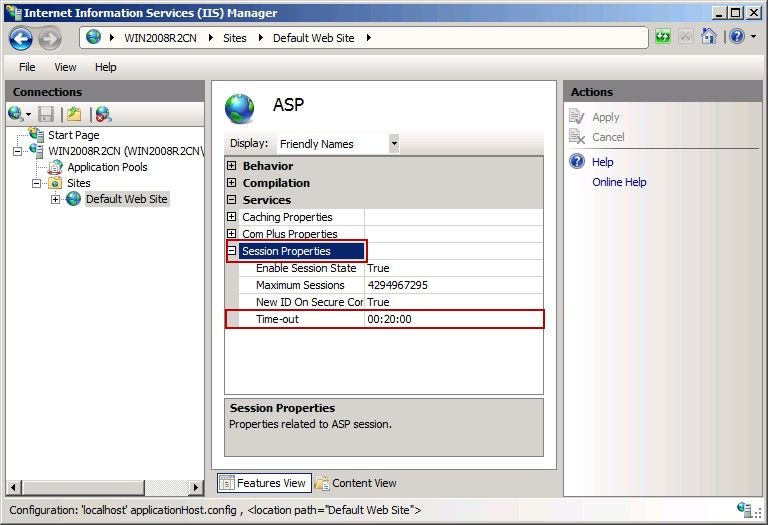Solutions for Webmail Auto Logout
The Session object of ASP (Active Server Pages) technology is used to store users' private information.
Session object has a very important property: Timeout is used to set the inactive state time (20 minutes by default) of the session object before the session resources being released. When the time which you set in the Timeout properties is running out, then the session resources will be released. Therefore, the Webmail account will be auto logged out and the session will be ended.
Change the Session object via Timeout properties can avoid the unbounded Session object in the server, which protected the server resources.
If you want the account remains active, then you have to extend the validity of Session.
Windows 2003
In Windows 2003 environment, the steps to extend the validity of Session are as follows.
1) Click the "Start" button, in the "Run" edit box, type "cmd", and then press "Enter".
2) In the pop up "Command Prompt" window, type "iisreset/stop" to stop the IIS Admin Service (Figure 1-1).

Figure 1-1
3) Navigate to "C:\WINDOWS\system32\inetsrv", and then open the "MetaBase1.xml" file with Notepad.
4) In the opened Notepad, search "AspSessionTimeout" field, modify the value (the default value is "20") (Figure 1-2).

Figure 1-2
Note: Do not set the AspSessionTimeout parameters too large, so as not to influence the account security and OS performance.
5) In the "Command Prompt" window, type "iisreset", and then restart the IIS service.
Windows 2008
In Windows 2008 environment, the steps to extend the validity of Session are as follows.
Open the IIS Information Services (IIS) Manager.
Expand the "Sites", click the "Default Web Site", and then double click "ASP" (Figure 1-3).

Figure 1-3
Expand the "Session Properties", in the "Time-out" edit box, modify the value (the default value is "20") (Figure 1-4).

Figure 1-4
After the modification is complete, restart IIS.
Related:
